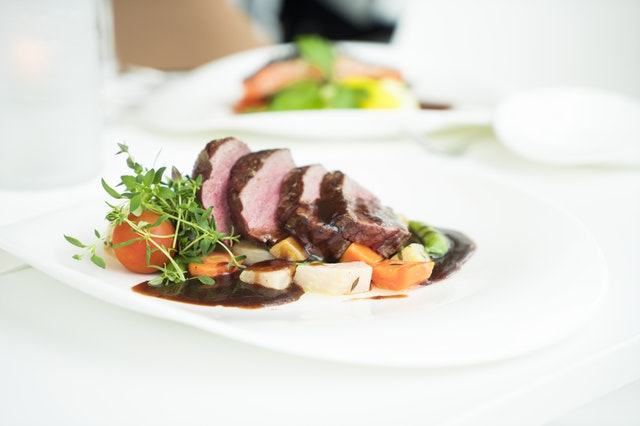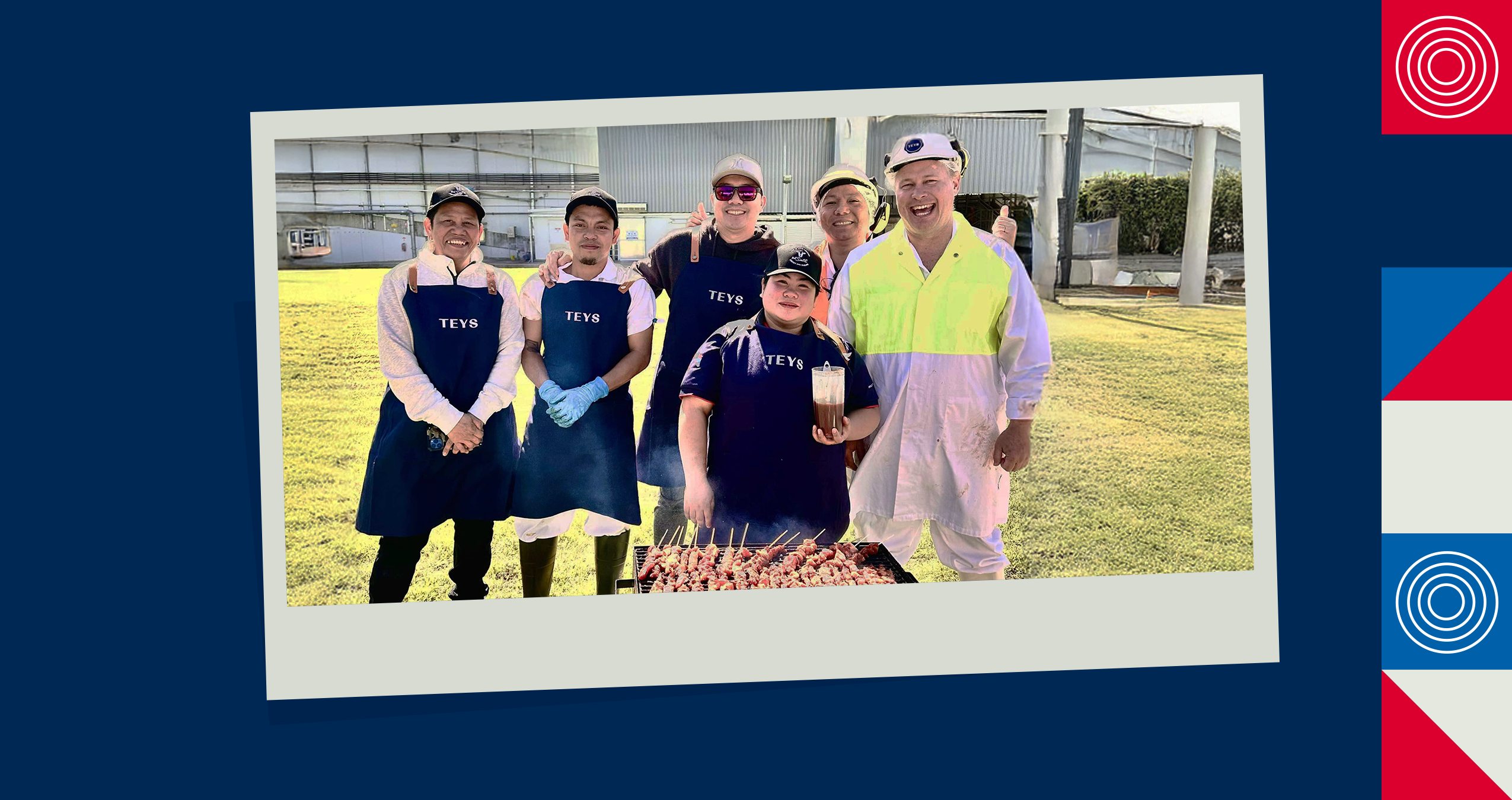
Beef, chicken, pork, lamb – the same cooking principles are true for all the meat out there.
Here are 5 basic commandments (AKA meat cooking tips) that will ensure your meat cuts are always cooked to perfection.
Develop Flavour with High Heat
High heat is essential for creating delicious, caramelised flavour.
This flavour is developed by a process called the Maillard reaction, which occurs when the amino acids and sugars in food combine due to high heat.
The Maillard reaction creates hundreds of different flavour compounds – you can read more about it in this blog post. When browning meat, you want to develop a deep brown sear and a thick crust on all sides of the meat. This is best achieved by cooking quickly over high heat.
Searing tips:
For meat to brown properly, it needs to be dry before it goes into the pan. You also need to make sure that the pan is sizzling hot. Finally, make sure that you don’t overcrowd the pan – there should be at least 2 centimetres between each piece of meat. If there isn’t, the meat is more likely to steam than sear!
Preserve Moisture with Low Heat
When it comes to larger cuts of meat or poultry, it is recommended that you use a ‘low and slow’ cooking method. Cooking this way allows the centre of the meat to reach the desired internal temperature without overcooking the outside layers. Low and slow cooking also reduces the loss of flavoursome juices.
Lifehacker conducted an experiment where they took two 3 kilo rib roasts and roasted one at 230ºC and the other at 120ºC until each was medium rare.
They then weighed the roasts and found that the slow cooked roast lost about 9.25% of its starting weight.
The high temperature roast lost about 25% of its original weight. What does this mean? Proteins shrink less and expel less moisture and fat when they’re cooked at moderate temperatures.
Match Cooking Method to Cut Quality
Cuts that come from heavily exercised parts of the animal (like the shoulder or brisket) are best suited to slow cooking methods like roasting or stewing. This is because slow cooking breaks down the connective tissue, and this transforms a tough piece of meat into one that is fall-apart tender.
Tender cuts (like the loin of beef or pork) come from parts of the animal that are not heavily exercised, so they contain little connective tissue. These cuts are best cooked quickly over dry heat, like grilling or or barbecuing. Tender cuts should be served rare to medium (they become dry with prolonged cooking).
Don’t Forget About Carryover Cooking
Meat continues to cook once it has been removed from the heat (this is referred to as ‘carryover cooking’). This means that you should remove meat from the oven, grill or pan when it is just shy of your desired temperature.
Note – carryover cooking does not apply to poultry or fish as they don’t retain heat to the same extent (due to less dense muscle structures).
Rest the Meat
Resting meat after cooking allows the juices to redistribute, which renders the meat more tender. A relatively thin steak or chop should rest for 5-10 minutes. A thicker roast should rest for 15-20 minutes. When cooking a very large roast (like a turkey, for example) the meat should rest for around 30 minutes before it is carved.
The information in this post has been adapted from Lifehacker. Want to expand your beef knowledge further? Check out these blog posts:
 Return to News
Return to News

















